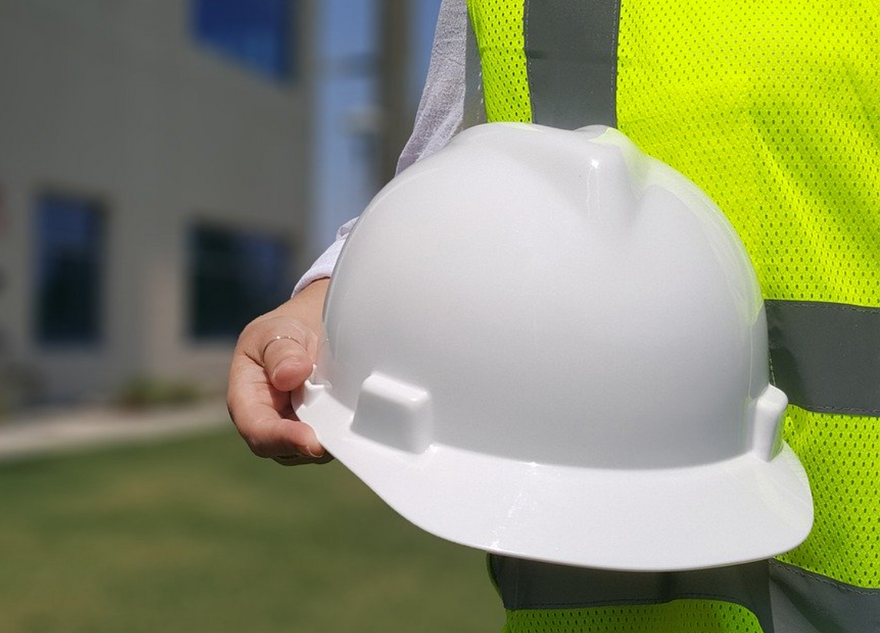During the last three months of effective lockdown, it has been tempting to allow our horizons to narrow—both as a nation and as individuals. The crisis has confined us to our homes and consumed the government, sowing uncertainty about what the world will look like in a fortnight’s time, let alone in the next decade.
With each of us better acquainted with the walls surrounding us, the pandemic has temporarily bridled many of our personal ambitions and the progress we wanted for our communities. And yet, while the moment is downcast, we must keep an optimistic eye on the future.
The coronavirus outbreak has caused a massive reset, carrying with it a painfully bleak emotional and economic toll. On the other side will be a “new normal,” and while much of what awaits us is unknown, ministers must not lose sight of the opportunities we do have to write our own future (and therefore our own history).
With attention turning to recovery, the built environment will have a crucial and symbolic part to play. As consideration is given to ways of improving our planning system, there is an understandable need for rapid progress. We must move at pace to get the economy going, but a careful balance should be struck to ensure that speed is accompanied by quality and sustainability.
After weeks in isolation, we have all been forced to consider how fundamentally our homes, neighbourhoods and communities affect our enjoyment of life. We should see this deepening understanding as a lesson: one that expands our aspirations and drives us to do things better.
Those entrusted with making decisions about how we build our way back to prosperity must resist the temptation to make it a race to the bottom. Yes, we have to act swiftly, but we can’t afford to cut corners if new developments are to have a powerful and long-lasting legacy. As a member of the National Infrastructure Commission, I know this holds true when it comes to large-scale projects—we have to squeeze every last drop of the transformational potential these huge investments offer.
Back in February, the commission’s expert Design Group, which I chair, produced the UK’s first-ever design principles for national infrastructure. Despite being conceived and published in a different age, they have never been more relevant.
This guidance seeks to embed four key considerations into the planning and delivery of nationally significant schemes—climate, people, places and value—to ensure each of them provides an inheritance that inspires pride and enhances the environment.
As many others have noted in recent weeks, we must ensure our economic renewal is a green one. Projects must help set the trajectory for the UK to achieve net-zero greenhouse gas emissions by 2050 or sooner and be capable of adapting to climate change.
Right from the start, infrastructure should be crafted with the people in mind who will one day use it, which can only happen when there is meaningful consultation. Projects should be human scale, instinctive to use and seek opportunities to improve the quality of life for those who live and work nearby.
As my fellow Commissioner Bridget Rosewell has argued, top down Plans (with a capital P) that are rigidly enforced without due local discussion and flexibility will rarely gain popular support.
Across millennia, infrastructure has forged the character of local areas. The heritage we leave should speak to our hopes and dreams for places, providing a sense of identity for communities, while supporting the natural and built environment and enriching ecosystems.
Major schemes must also add value beyond their main purpose, solving problems well and achieving multiple benefits.
While it might seem difficult at present to gaze past the immediate challenges we face, we have to use this galvanising moment to take control of what is within our power.
As we seek to dig and construct our way through the harshest impacts of this difficult period, we must think carefully about the choices we make now and their far-reaching implications.
As developers are handed more flexibility to get shovels in the ground quickly, let us fight the urge to put up anything, anywhere just because we can. What the country needs now is self-belief and bold ambition, so let’s start by enshrining that in how we build.












